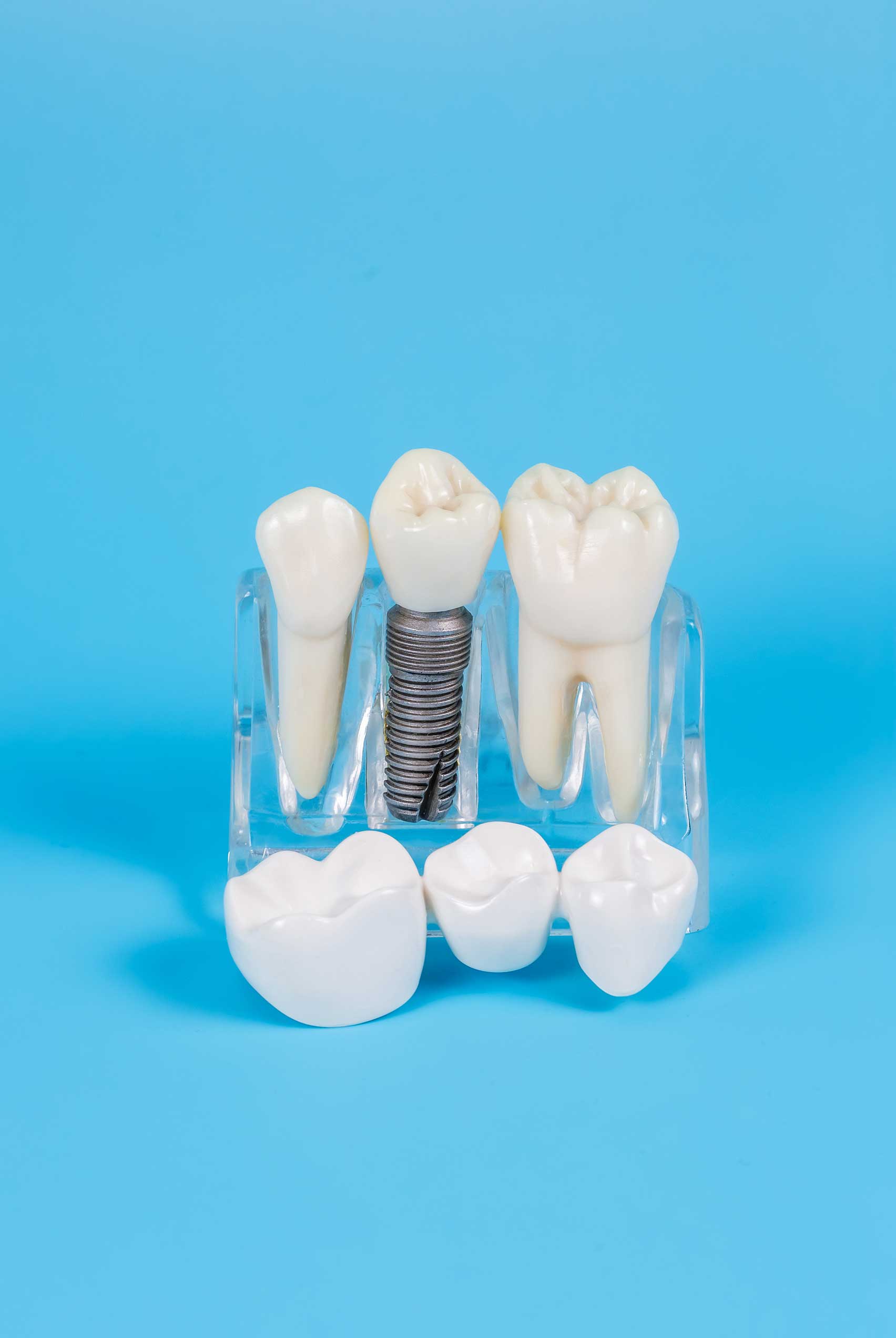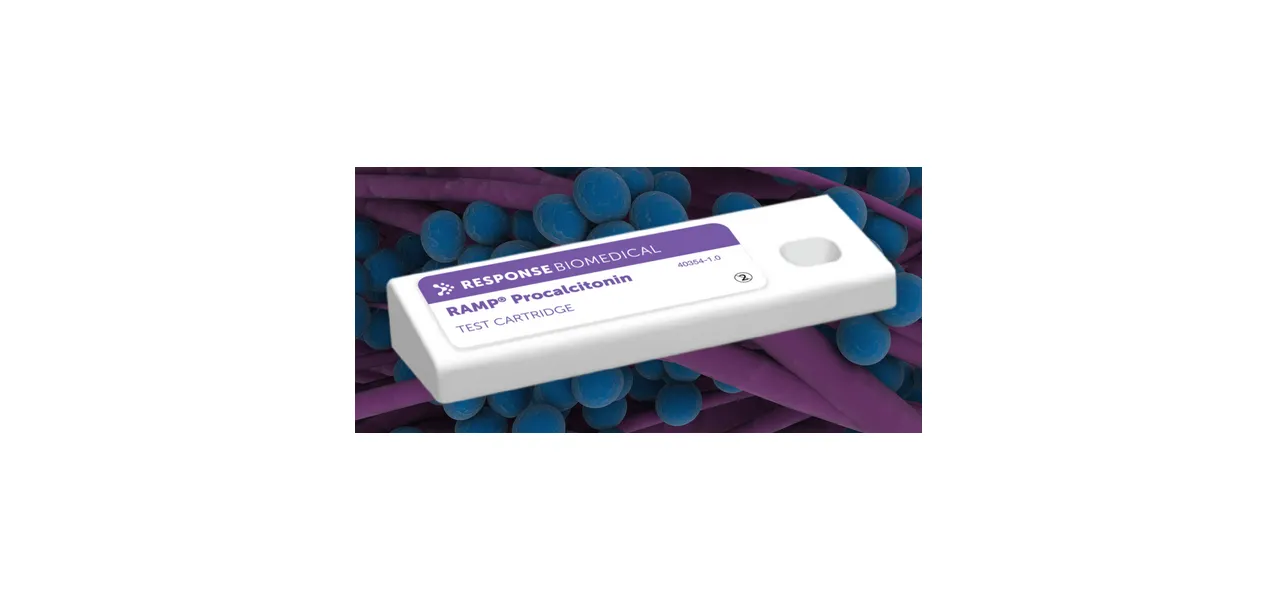- Fast delivery
- Email notifications
- Different payment methods
- Competitive prices
In the absence of infection, the prohormone procalcitonin (PCT) is expressed in thyroid Ccells and subsequently undergoes post-translational cleavages to yield mature calcitonin [1]. The circulating plasma concentration of PCT in healthy individuals is very low [2,3]. Conversely, microbial infection triggers a substantial increase in the expression of PCT in non-neuroendocrine cells throughout the body which are unable to perform the necessary post-translational cleavages resulting in increased serum PCT concentrations [1]. Serum concentrations of PCT increase proportionally to the severity of infection, ranging from slightly elevated in infections with minor systemic inflammatory response to very high values in cases of severe sepsis and septic shock [2-4]. Sepsis is a common and frequently fatal condition that is the result of the body’s excessive inflammatory response to an infection. Despite advances in critical care medicine, sepsis and septic shock are leading causes of death in intensive care units [4-6]. The speed at which appropriate therapy is provided in sepsis cases impacts patient outcomes [6,7]. The traditional method of sepsis diagnosis however, relies on culturing blood, urine or cerebrospinal fluid which takes upwards of 24 hours, lacks sensitivity and specificity and frequently does not correlate to the manifestation of clinical symptoms [2,3]. Alternatively over 20 years of research suggests PCT is an excellent biochemical marker for sepsis as it is highly specific for bacterial infections and correlates strongly with their extent and severity [4,8-12]. Research suggests that a PCT concentration <0.5 ng/mL can be considered normal while concentrations greater than 2 ng/mL are highly suggestive of severe sepsis [3,13,14]. The RAMP® Procalcitonin assay should not be used in the diagnosis or prognosis of conditions
other than sepsis such as non-specific complaints, dementia, malaria, tuberculosis, syncope, urinary tract infections and post-cardiac transplant graft failure [2,15].
No reviews found











